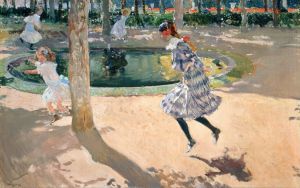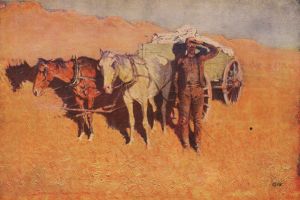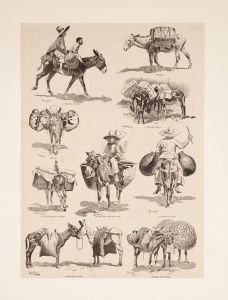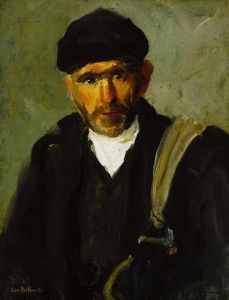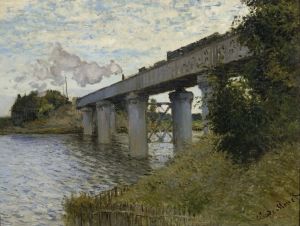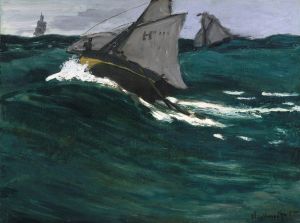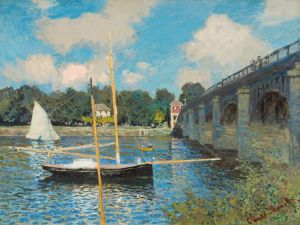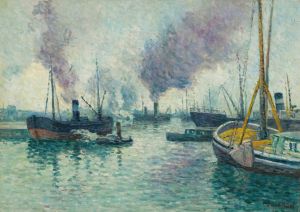
Chevaux À La Pointe De La Hève
A hand-painted replica of Claude Monet’s masterpiece Chevaux À La Pointe De La Hève, meticulously crafted by professional artists to capture the true essence of the original. Each piece is created with museum-quality canvas and rare mineral pigments, carefully painted by experienced artists with delicate brushstrokes and rich, layered colors to perfectly recreate the texture of the original artwork. Unlike machine-printed reproductions, this hand-painted version brings the painting to life, infused with the artist’s emotions and skill in every stroke. Whether for personal collection or home decoration, it instantly elevates the artistic atmosphere of any space.
"Chevaux À La Pointe De La Hève" is a painting by the renowned French Impressionist artist Claude Monet. Created in 1864, this work is an early example of Monet's exploration of light and atmosphere, themes that would come to define his illustrious career. The painting depicts horses at the Pointe de la Hève, a prominent headland located near Le Havre in Normandy, France. This region was significant to Monet, as he spent much of his youth there and it served as a frequent subject in his early works.
Monet's choice of subject matter in "Chevaux À La Pointe De La Hève" reflects his interest in capturing the natural world and the everyday scenes of life. The painting illustrates a coastal scene with horses, which were likely used for labor or transportation, set against the backdrop of the sea and sky. The composition is notable for its use of light and shadow, demonstrating Monet's burgeoning skill in rendering the effects of natural light on the landscape.
During the time this painting was created, Monet was still developing his style and was influenced by the Barbizon School, a group of French painters who advocated for painting en plein air, or outdoors, to capture the true essence of the landscape. This approach is evident in "Chevaux À La Pointe De La Hève," as Monet's brushwork and color palette convey a sense of immediacy and spontaneity.
The painting is also significant as it marks Monet's transition from traditional academic painting to the more radical Impressionist style that he would later help to pioneer. Although "Chevaux À La Pointe De La Hève" retains some elements of realism, such as detailed depictions of the horses and landscape, it also hints at the looser brushwork and emphasis on light that would characterize his later works.
Monet's early works, including this painting, were not immediately successful in terms of critical reception or financial gain. However, they laid the groundwork for his future success and the eventual acceptance of Impressionism as a major art movement. "Chevaux À La Pointe De La Hève" is an important piece in understanding Monet's artistic development and his contributions to the evolution of modern art.
Today, Claude Monet is celebrated as one of the leading figures of Impressionism, and his works are held in high regard by art historians and enthusiasts alike. "Chevaux À La Pointe De La Hève" serves as a testament to his early exploration of themes and techniques that would later define his career, making it a valuable piece for those studying the origins and progression of Impressionist art.






